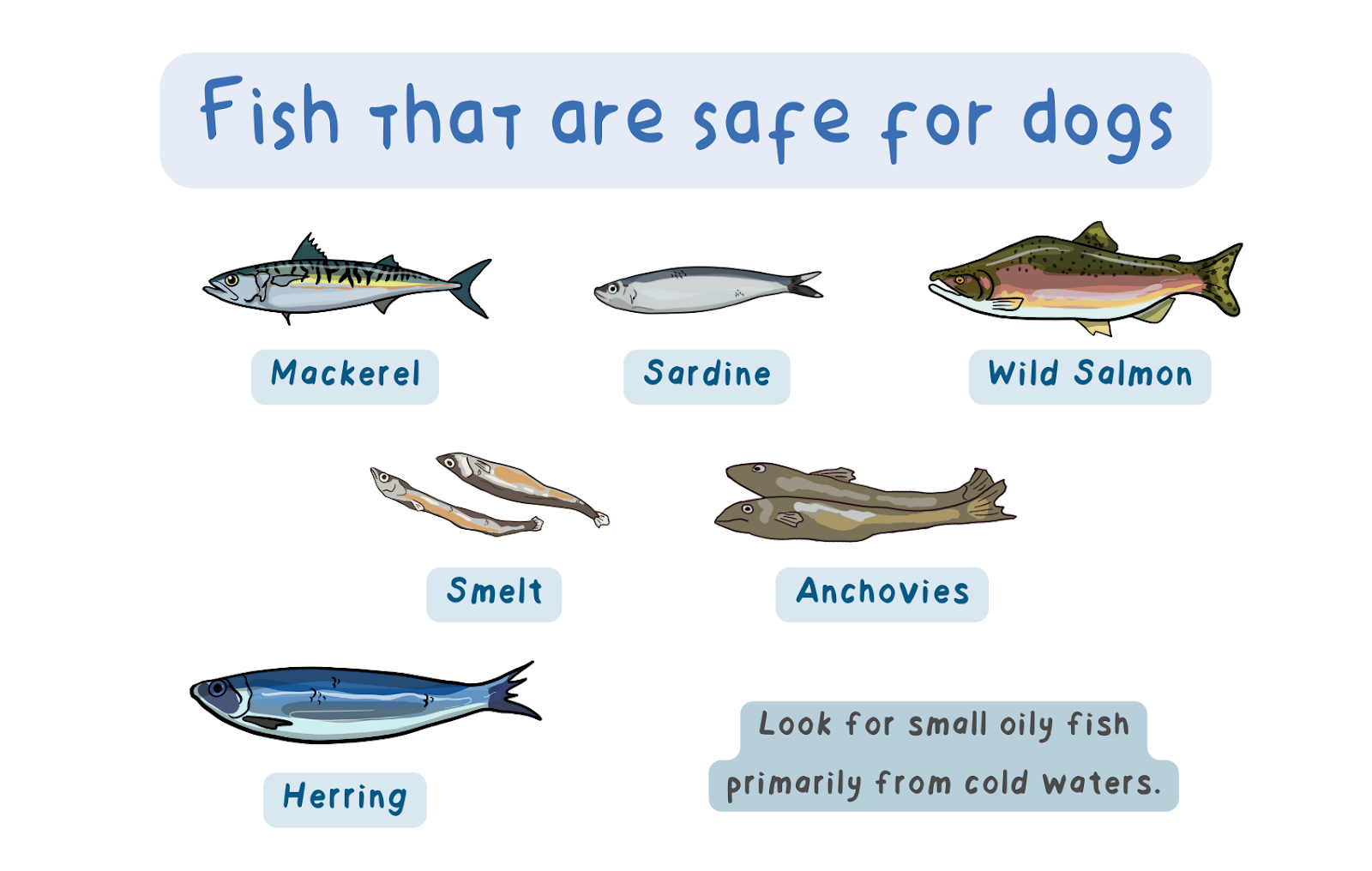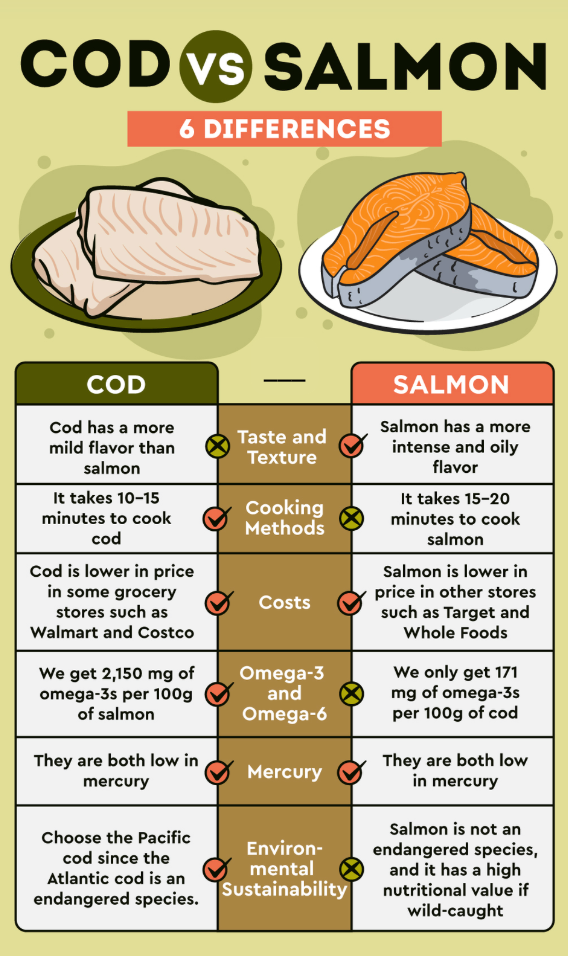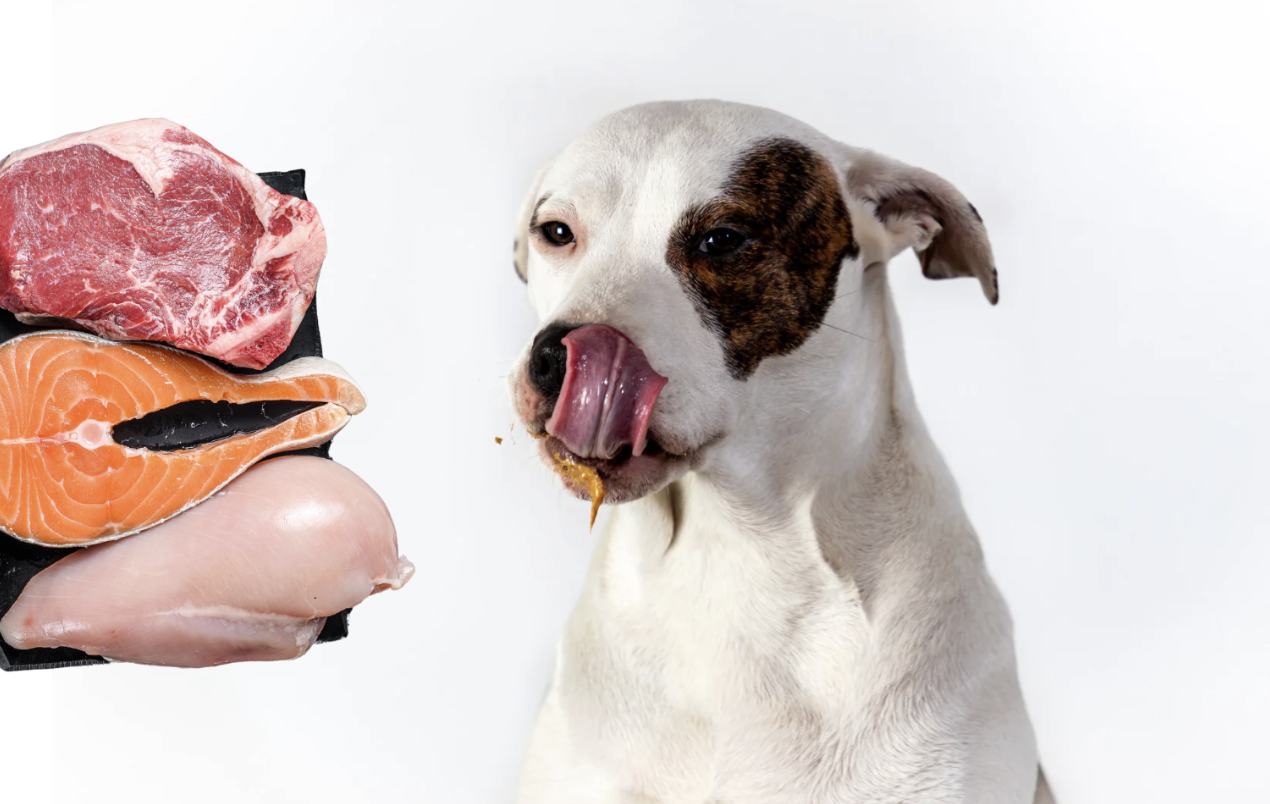


Fish is a rich source of high-quality protein for dogs and cats. Both salmon and white fish are not only delicious but packed with Omega-3 fatty acids and amino acids that support skin health, coat shine, and immunity. Written by Petsona’s veterinary nutrition experts, this article explores the science behind fish protein, debunks common myths, and helps Hong Kong pet parents choose the best nutritious fresh food for their furry companions.
Fish has long been a favorite ingredient in pet diets, and there’s science behind it. Beyond its enticing aroma, fish is packed with quality protein, Omega-3 fatty acids, vitamin D, and essential minerals. These nutrients help maintain a healthy skin barrier, reduce allergic reactions, and promote brain development.
Petsona, Hong Kong’s first personalized pet nutrition brand using dehydration technology, transforms fresh fish into digestible powder-based meals that retain up to 90% of their nutrients. Certified by both AAFCO (US) and FEDIAF (EU) standards, Petsona makes every meal safe, delicious, and nutritionally complete.

Fish provides a variety of essential nutrients that support your pet’s overall well-being:

1. Healthier Joints and Skin
Omega-3 fatty acids can reduce inflammation in joints, particularly beneficial for senior dogs, while also improving dry skin and reducing shedding.
2. Supports Brain and Vision Development
DHA plays a vital role in brain and retina development in puppies, improving learning ability and memory.
3. Boosts Immunity and Antioxidant Protection
Fish contains vitamin E and selenium, which strengthen the immune system and protect against infections and chronic diseases.
4. Easy to Digest and Low in Allergens
Compared to beef or chicken, fish protein molecules are smaller and easier to digest, ideal for dogs with sensitive stomachs or food allergies.
Many pet parents worry that feeding fish might cause skin problems or diarrhea. In reality, such issues usually come from poor-quality sources or improper preparation.
Raw or contaminated fish may cause discomfort, but professionally dehydrated or heat-treated fish is both safe and digestible.
The key is choosing trusted, transparent, and additive-free pet food brands.

Category - Salmon - White Fish (Cod, Tilapia, etc.)
Protein Content - 20–22% - 23–25%
Omega-3 Fatty Acids - Very high (EPA, DHA) - Moderate
Fat Content - 12–14% (healthy fats) - 4–6% (leaner)
Vitamin Profile - Rich in vitamins D, E, B12 - High in B-complex and phosphorus
Ideal For - Dogs with dry skin, dull coats, or joint stiffness - Dogs with sensitive digestion or on a low-fat diet
Flavor - Rich, aromatic, highly palatable - Mild, clean flavor ideal for picky eaters

When selecting fish for your pet, remember:
Fish isn’t just a tasty treat, it’s a powerful source of nutrition. Salmon offers rich Omega-3 benefits, while white fish provides lean, high-protein support.
Petsona combines veterinary science and innovative food technology to deliver the best of both worlds. Using low-temperature dehydration, we preserve up to 90% of natural nutrients in every meal. Safe, digestible, and full of flavor, it’s personalized nutrition designed to help your dog thrive, one meal at a time.

Q1: Can dogs eat fish every day?
A1: Dogs can eat fish in moderation, but variety is key. Fish should be one of several protein sources in a balanced diet. Always choose boneless, cooked, or dehydrated fish, never raw or salted fish.
Q2: Which type of fish is best for dogs with sensitive stomachs?
A2: White fish, such as cod or tilapia, is low in fat and easy to digest. Its fine protein structure makes it ideal for dogs with digestive sensitivities or those on a weight management plan.
